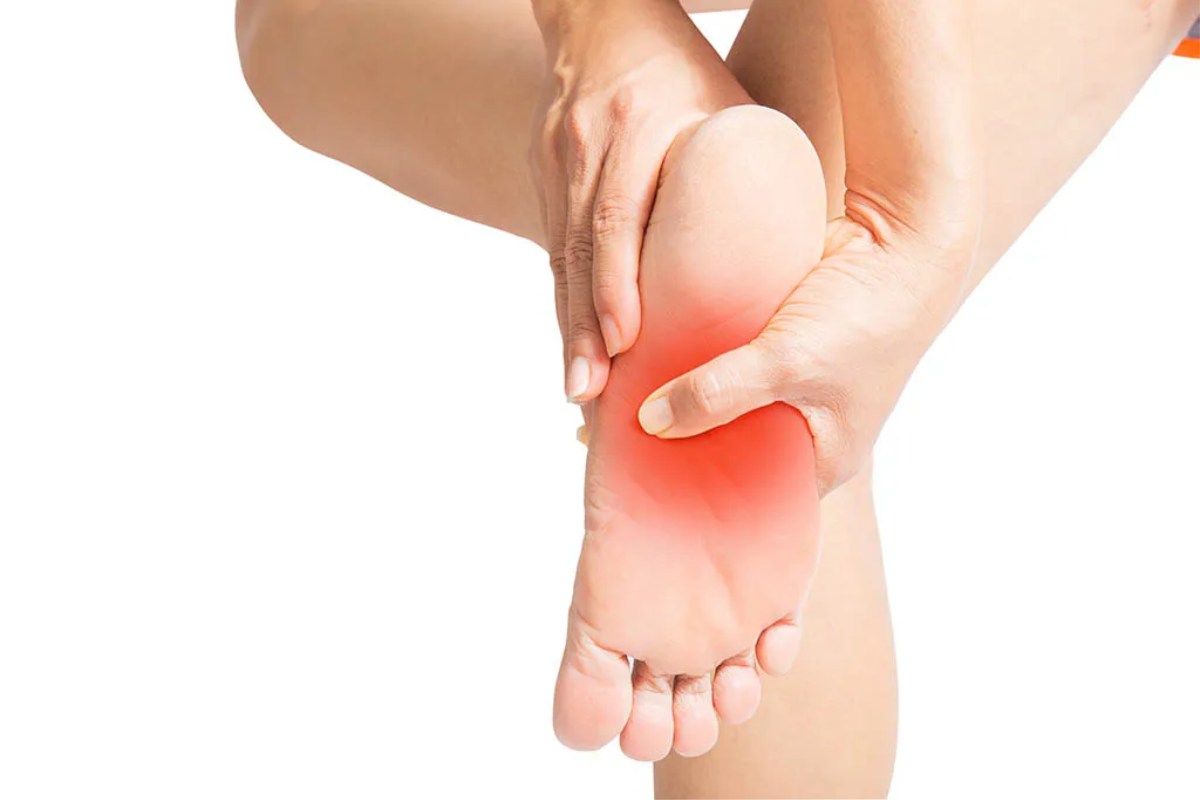Your feet, bearing the brunt of your entire body’s weight, engage in a daily hustle that often goes unappreciated. From navigating different terrains to occasionally squeezing into footwear not designed for support or comfort, our feet withstand a lot. As a result, they can encounter various issues, some more common than others.
This comprehensive guide delves into the top 10 foot problems, exploring their causes, symptoms, and offering insights into effective treatments. Moreover, we emphasise the importance of proper footwear, including podiatry recommended shoes, which play a crucial role in both the prevention and management of these conditions.
Table of Contents
Plantar Fasciitis
Cause: Strain or inflammation of the plantar fascia, often due to overuse, inadequate foot support, or obesity.
Symptoms: Sharp pain in the heel, especially after periods of rest or first thing in the morning.
Treatment: Rest, ice, stretching exercises, orthotic inserts, and wearing supportive footwear. In persistent cases, physical therapy or corticosteroid injections may be recommended.
Bunions
Cause: Misalignment of the joint at the base of the big toe, possibly due to genetics, arthritis, or ill-fitting shoes.
Symptoms: A bony bump on the side of the foot, pain, redness, and sometimes a shift of the big toe towards the others.
Treatment: Wider, comfortable shoes, orthotic devices, anti-inflammatory medications, or, in severe cases, surgery.
Athlete’s Foot
Cause: Fungal infection, often contracted in moist environments, like gym showers or swimming pools.
Symptoms: Itchy, stinging, and burning sensation between the toes, which may escalate to peeling, cracking, and blisters.
Treatment: Over-the-counter antifungal medications, keeping feet dry, and using antifungal powders to avoid recurrence.
Hammer Toe
Cause: Imbalance in the muscles surrounding the middle toe joint, often stemming from footwear with inadequate room for toes or high heels.
Symptoms: Abnormal bend in the middle joint of one or more toes, pain, and discomfort.
Treatment: Appropriate shoes with roomy toe boxes, orthotic inserts, exercises, or surgery in advanced cases.
Diabetic Neuropathy
Cause: High blood sugar levels in people with diabetes leading to nerve damage, primarily affecting the legs and feet.
Symptoms: Numbness, tingling, or burning sensations, pain, and muscle weakness.
Treatment: Strict blood sugar management, medication for pain relief, and comprehensive foot care to prevent complications.
Ingrown Toenails
Cause: Incorrect toenail trimming, excessively tight footwear, or toe injuries.
Symptoms: Pain, redness, swelling, and, at times, infection around a toenail.
Treatment: Proper foot hygiene, wearing less restrictive shoes, and minor surgical procedures for recurrent or severe cases.
Heel Spurs
Cause: Calcium deposits building up on the underside of the heel bone, often triggered by strain on foot muscles and ligaments.
Symptoms: Intermittent or chronic pain while walking, jogging, or running.
Treatment: Rest, custom-made orthotics, anti-inflammatory medications, and physical therapy. Surgical intervention might be necessary if conservative treatments fail.
Corns and Calluses
Cause: Repeated friction and pressure on the foot skin, commonly from ill-fitting shoes.
Symptoms: Thick, hardened layers of skin, potentially painful when pressed.
Treatment: Protective padding, changing footwear, and using pumice stones or medications to treat the affected areas. In severe situations, surgical correction of the bone alignment may be needed.
Gout
Cause: A form of arthritis caused by excess uric acid in the bloodstream, with the big toe being a common target.
Symptoms: Intense joint pain, redness, stiffness, and swelling.
Treatment: Dietary modifications, medication to reduce uric acid levels, and anti-inflammatory drugs.
Flat Feet
Cause: The arches of the feet collapse, with the entire soles touching the floor when standing.
Symptoms: Pain in the feet, ankles, and even hips, particularly after standing or walking.
Treatment: Arch-supporting orthotics, proper footwear, and, in severe cases, surgery.
While this list highlights common foot issues, it’s crucial to acknowledge that each person’s feet are unique, warranting individual assessment and care
Prioritising foot health means choosing the right footwear, and podiatry recommended shoes can be a significant step towards comfort and functionality. Remember, early diagnosis and intervention are key to optimal foot health – therefore, at any sign of persistent foot problems, consulting a healthcare professional or a podiatrist is paramount. Your feet deserve the best care possible, so step forward confidently and comfortably!

